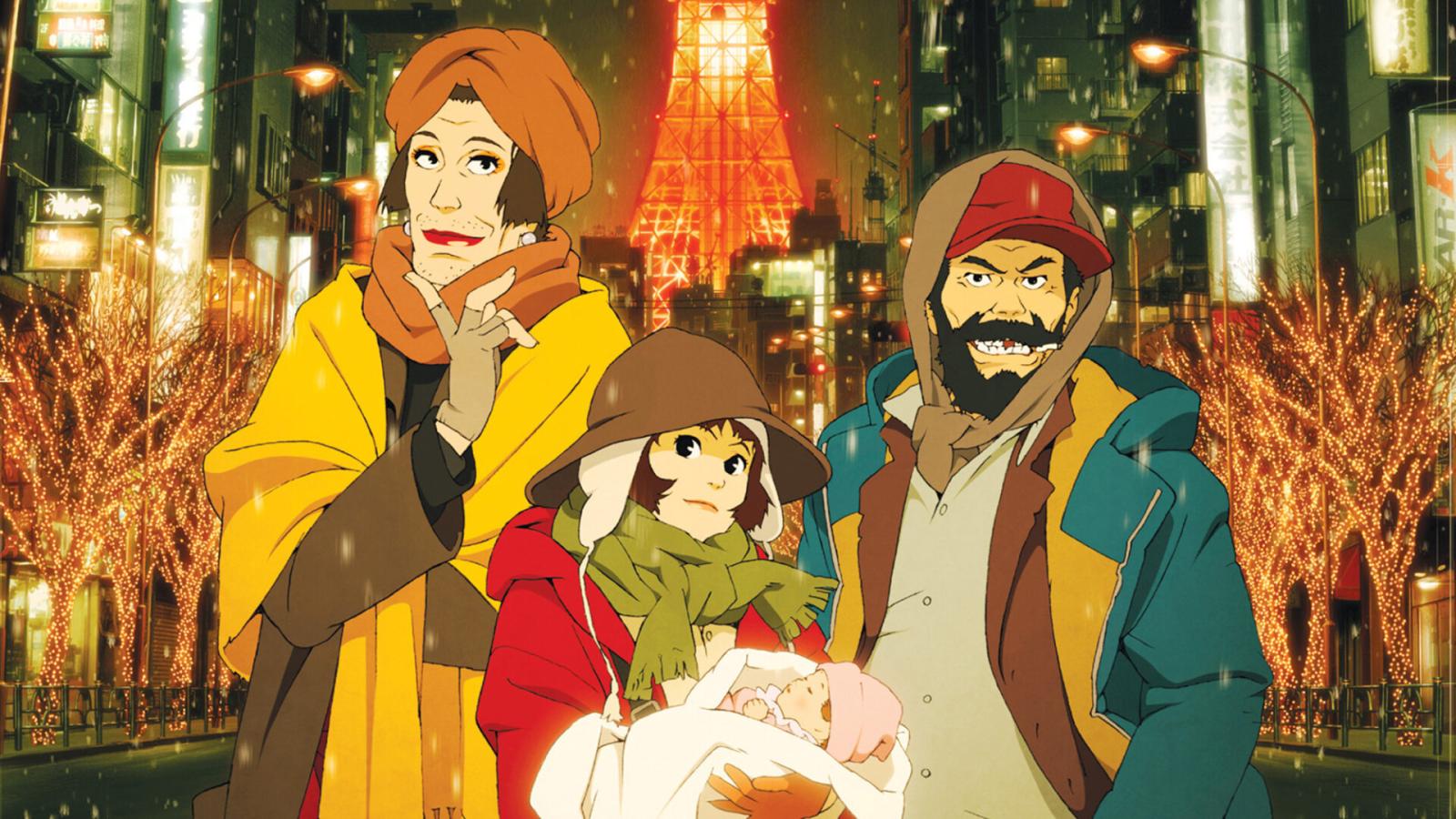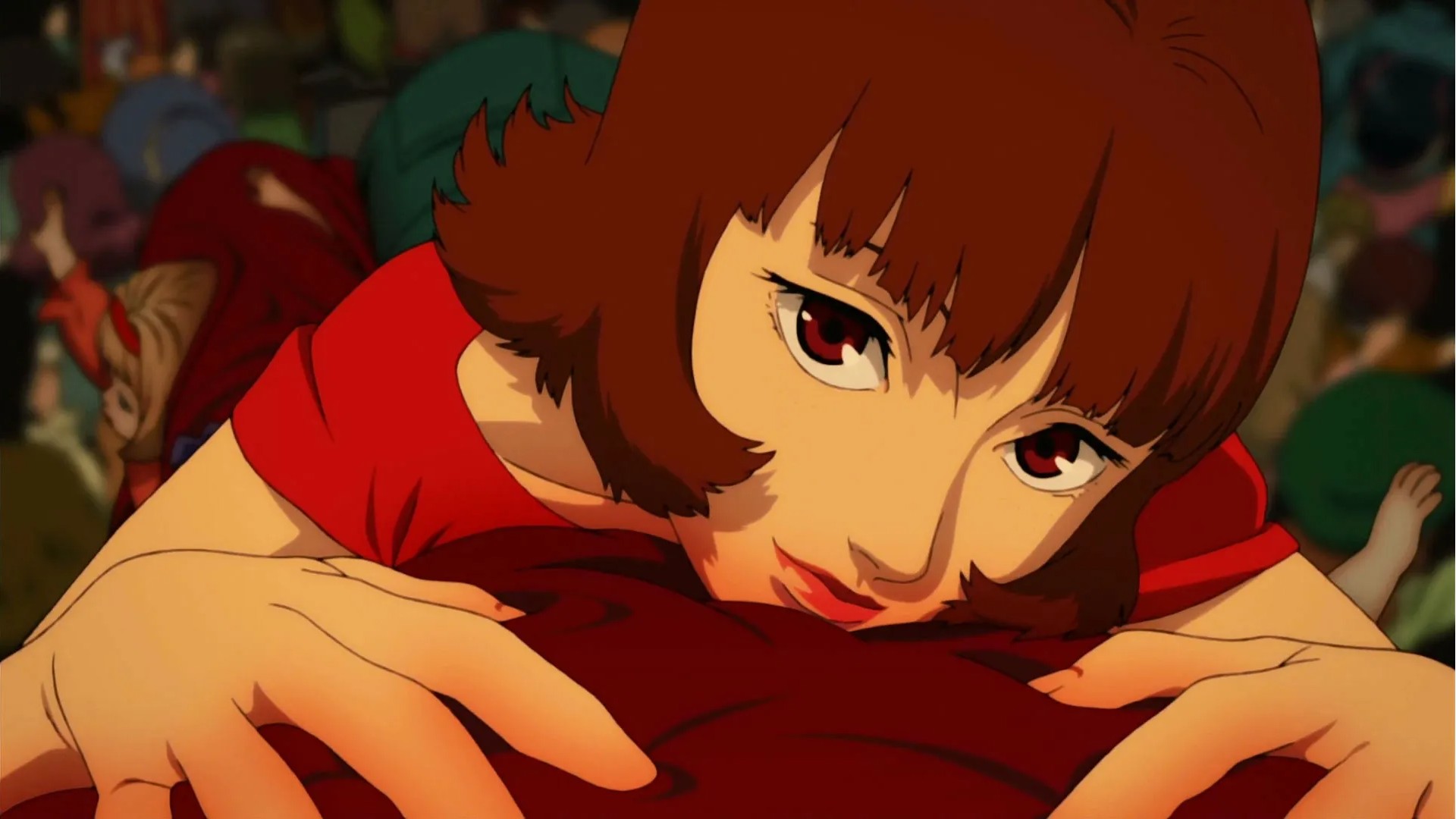Unique vision of reality.
Those of you who are familiar with the works of director, screenwriter, and artist Satoshi Kon, know that all his works have a certain feel to them, one that blurs the line between reality and illusion, makes even the most bizarre concepts believable and somehow relatable, even grounded. This is what makes Satoshi Kon special.
We can end this article with this paragraph, but Kon's approach deserves much more words. He decided that he wanted to work in the animation industry in high school and because of that got into Tokyo's Musashino Art University. At this time he debuted as a manga artist with a short story called Toriko, one that brought to him the attention of Katsuhiro Otomo — the creator of Akira who roped Kon as his assistant and opened the doors of the animation world to him.
But the turning point of his career was not his first collaboration with Otomo: in 1992 he wrote a screenplay for one episode of an animated adaptation of a three-episode series Memories based on Otomo's manga. In the first episode, Magnetic Rose, his style of storytelling that mixes reality and fantasy shone for the first time — and became a staple of his works ever since, inspiring others.
Hollywood filmmakers took a lot from his works: Darren Aronofsky quoted some of the moments from Perfect Blue in his Requiem for a Dream and Black Swan, while Christopher Nolan translated some scenes from Paprika to Inception.
He started working with the master of Japanese cyberpunk, Otomo, yet he drifted away and was much more fascinated with other concepts in his own stories: he paid more attention to the mythical aspects of existence, to nature, to the thin line between real and surreal.
Kon's storytelling is capable of making something very ordinary feel like something extremely unique and out of this world, and it's achieved through a clever merge of the script with the visual fluidity of his animation. The underlying theme of all of his works is love, its omnipotence and power to unite, one that goes hand in hand with the topic of duality, of things being not how they look like, of humans having sides that are buried deeper under the facade. The combination of painfully normal, believable characters and bizarre and fantastic settings creates a contrast that shows the problems some of us face daily.
These relatable stories unfolding in mind-blowing settings alternate the effect of immersion, and his signature style that often opts for a lower framerate and detailed still shots, showing something akin to early 90s anime style even in his later works. One notable exception is Tokyo Godfathers, a more comedic story where the higher framerate helps exaggerate facial animation and heighten the comical effect.

Another important trait of Kon's works is editing: he creates one of the most fluid transitions you can see using match cuts. Some of his stylistic choices shouldn't work, but they do, because they are applied with a level of precision. Look closely at the opening scene in Paprika, one that features five dream sequences, each with a very distinct style, yet they all are connected nearly seamlessly. He was so innovative that some of the techniques he used didn't even have a name before, and some are so hard to reproduce that they've never been shown in the works of other animators.
Kon was fascinated with humans and their relationship with themselves and the world. In Perfect Blue he explores what we now call parasocial relationships, how media presence changes the person and those who interact with them, destroying social boundaries and, sometimes, even a person's self. This movie has been a huge inspiration not only to Aronofsky, but to countless more filmmakers, and the plot feels even more relatable in the modern days.
His work Millenium Actress has a simple premise but is one of the hardest to comprehend in terms of narration. The story about an actress reminiscing on her life morphs the actual events that happened with her roles, challenging the sense of reality and making the timeline blurry. The striking visual and stylistic diversity even deepens this purposeful confusion that he creates.

Paprika delves even deeper into the surrealism of dreams, taking place in a reality where everything is possible and exploring these possibilities fully. In this work the perfect entanglement of script, animation, and direction peaked, creating palpable and understandable sequences from the utterly bizarre concepts.
Tokyo Godfathers deals with more pressing topics of social inequality, found family, mental health, and politics, once again wrapping them in the thick layer of perfectly understandable but still stunning metaphors. This story is the one that celebrates the goodness of mankind, the chance for redemption, and the fact that even those who were cast away deserve love, despite being a bit more lighthearted and comedic than his other feature films.
Satoshi Kon's works are always filled with love, no matter how eclectic they look.

